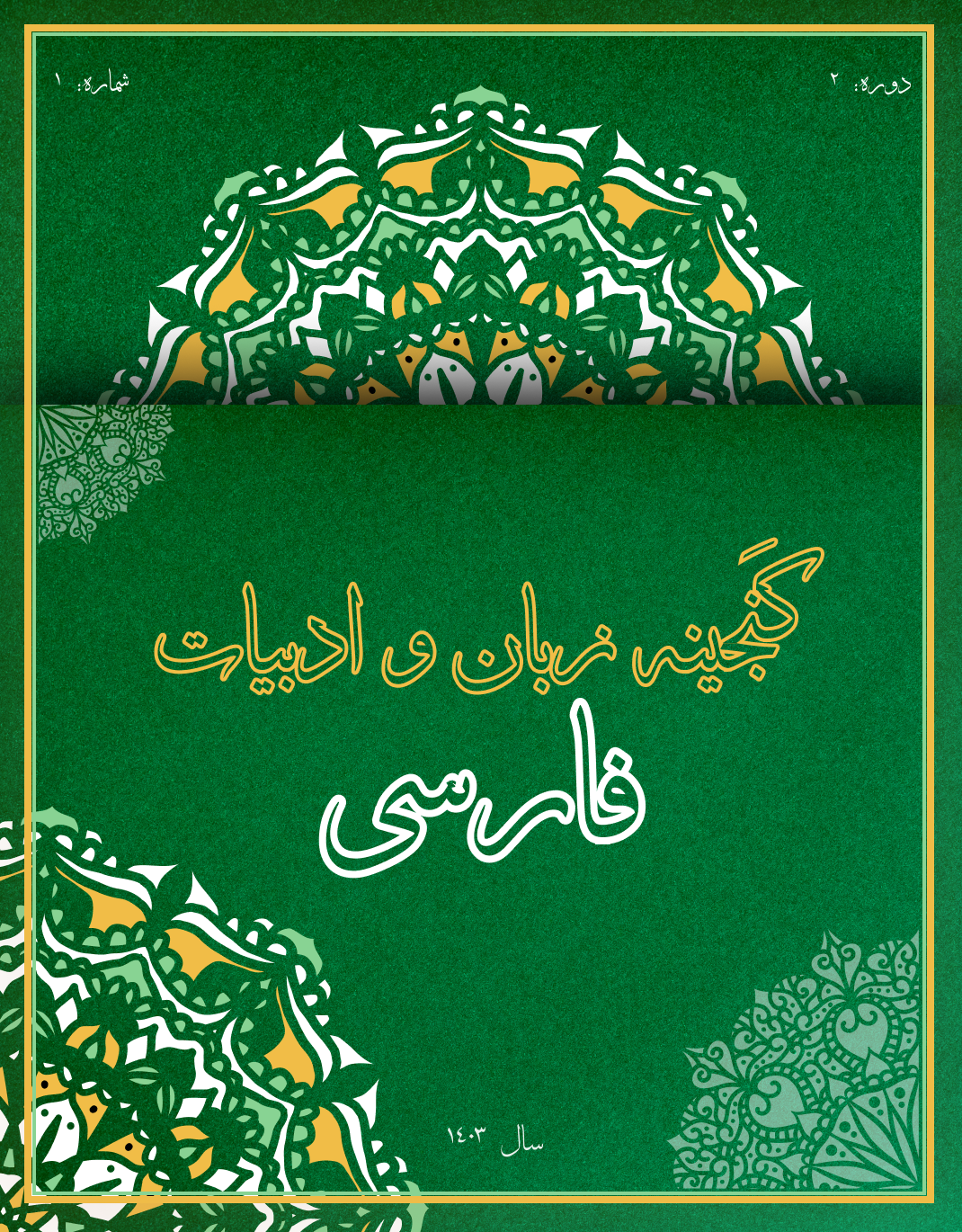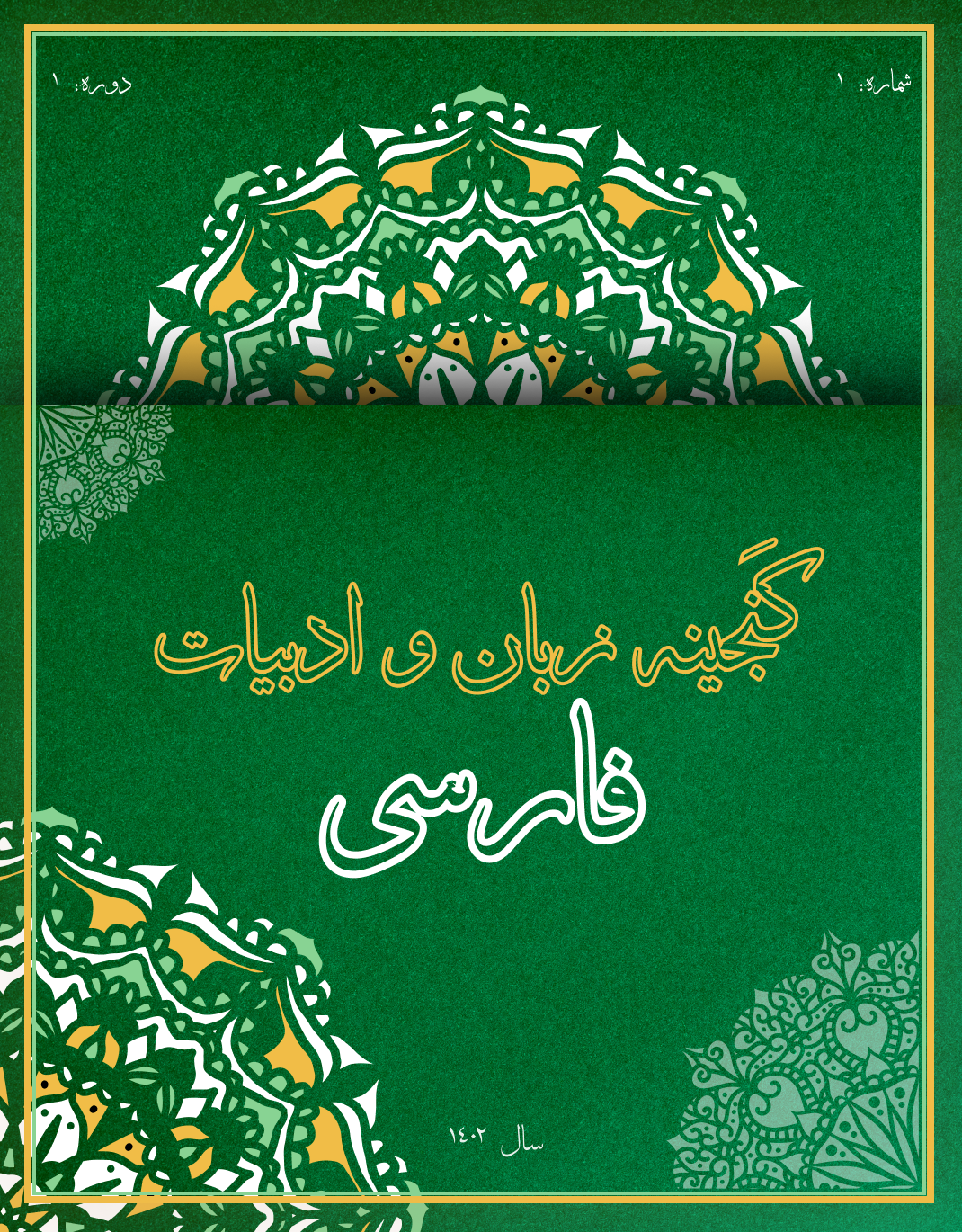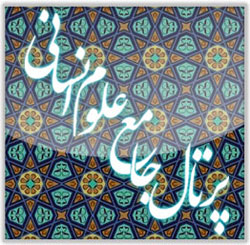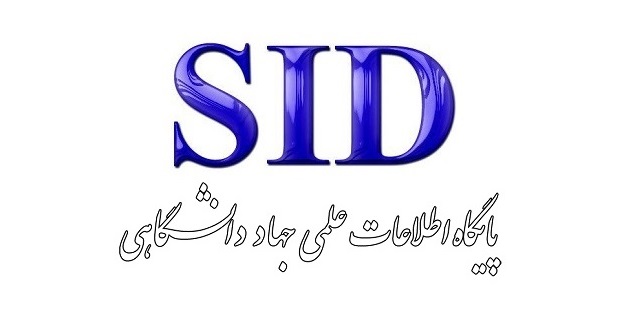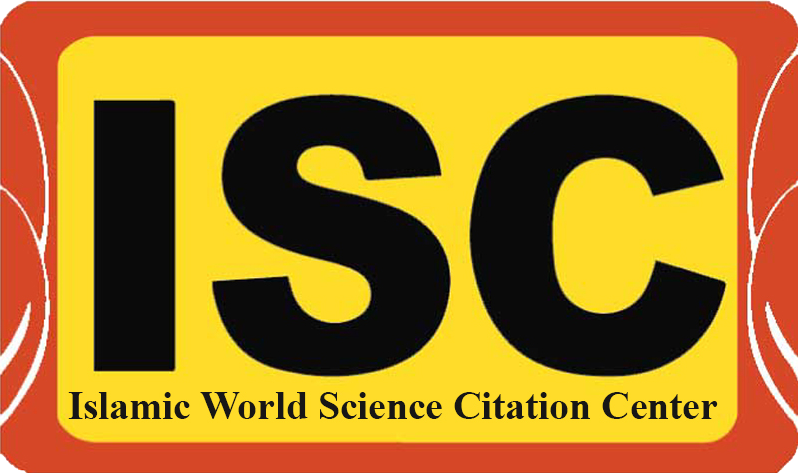واکاوی ساختارهای نمادین در شعر نصرت رحمانی: تحلیل مفهوم عشق و رنج از منظر زیباییشناسی عرفانی-ادبی
کلمات کلیدی:
نصرت رحمانی, عشق, رنج, زیباییشناسی عرفانی, نمادشناسی, شعر فارسی معاصر, ادبیات عرفانیچکیده
این مقاله به تحلیل نمادهای عشق و رنج در اشعار نصرت رحمانی میپردازد و تلاش میکند تا زیباییشناسی عرفانی-ادبی خاص شعر او را تبیین کند. عشق و رنج بهعنوان دو مفهوم اساسی و پیچیده، در شعر رحمانی جلوهای چندلایه و عمیق یافته و به بیان تجربههای انسانی و عرفانی تبدیل شدهاند. این دو مفهوم در اشعار رحمانی نه تنها بهعنوان بیانگر تجربههای شخصی شاعر، بلکه بهعنوان عناصری اساسی در ایجاد پیوند میان اندیشههای عرفانی کلاسیک و مسائل اجتماعی و فرهنگی زمانه عمل میکنند. یافتههای این پژوهش نشان میدهد که رحمانی با استفاده از زبان نمادین و استعاری، عشق را بهعنوان نیرویی تعالیبخش و رنج را بهعنوان مسیری برای تزکیه و رشد معنوی تصویر کرده است. او این مفاهیم را با دنیای مدرن و شرایط اجتماعی پیوند داده و از این طریق توانسته است شعری چندبعدی و معنادار خلق کند که خواننده را به تجربهای زیباشناختی و معنوی دعوت میکند. در بخش بحث و نتیجهگیری، پیشنهاداتی برای پژوهشهای آینده در حوزهی شعر عرفانی معاصر و تحلیل نمادهای عرفانی ارائه شده است. این پژوهش میتواند بهعنوان بستری برای درک بهتر از نقش عرفان و نمادشناسی در شعر فارسی معاصر و نحوهی بیان مسائل اجتماعی و فلسفی در قالبی زیباییشناسانه مورد استفاده قرار گیرد.
